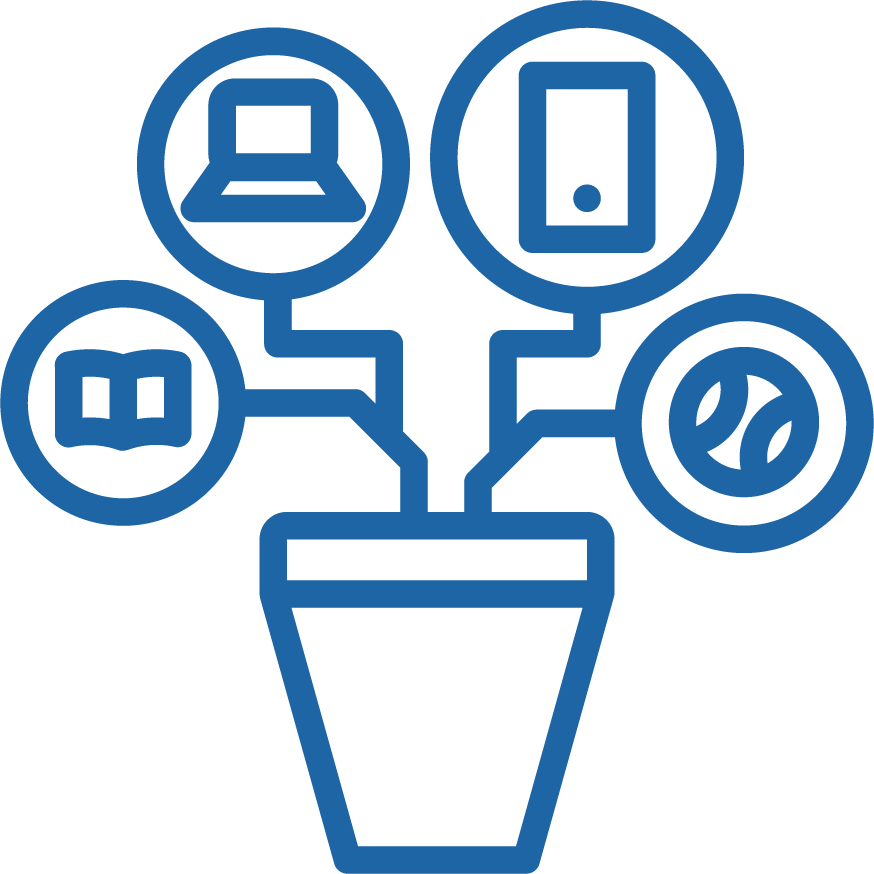| Overview | Satisfy the End User | Gather Market Requirements | Analyze the Market | Identify the Competition | Assess Product-Market Fit |
|---|
Gather Market Requirements
Highlight from Stories of Scaling
In this video clip, Jay Connor, founder and CEO of Learning Ovations, the organization that scaled the research-based technology and professional development tool A2i, shares insights on identifying and satisfying customers.
View more of Jay and Sarah’s conversation in Scaling A2i: A Conversation with Jay Connor and Sarah Siegal.
Designing to meet a priority end-user need is necessary but not sufficient to creating a scalable product. One reason for this is that your user is not necessarily the decision-maker or ultimate customer. Even non-commercial interventions and programs (e.g., behavioral interventions, freely available supplementary resources) can benefit from thinking about the environments in which they aim to scale as “markets” comprising stakeholder demands, providers aiming to meet those demands, information flows, competition for resources (including funding, time and attention), and policies (including local, state, and federal). To create a product that meets the needs of this “market”, you have to more broadly understand the key decision-makers and gatekeepers and their needs, expectations, and limitations. These market requirements will guide you in further adapting your product design or marketing approach to appeal to a real customer need.
Influencer mapping
Start by brainstorming a list of the individuals and groups who may have an influence in adopting and sustaining your educational product. Depending on the product, this list could include roles such as directors of curriculum, school district superintendents, state education agency leaders, parents, teacher committees, or chief technology officers. If you have champions for your product, they may be helpful in identifying who these key influencers are. Consider how these individuals or groups might vary across district or school settings (for example, large vs. small districts). Then, to prioritize your list, consider the influence and interest of each, placing them into the grid below.

- Those in the top-right quadrant have the greatest influence and interest. They likely include decision-makers and are critical for you to engage to understand market requirements, as they can be either key champions or gatekeepers.
- Those in the top-left quadrant can also serve as gatekeepers. You may want to engage these individuals or groups to understand their top priorities and expectations.
- Those in the bottom-right quadrant may include your end users (for example, teachers) and those who stand to benefit from your product (for example, students or families). They should be engaged in efforts to ensure your innovation provides an equitable experience and to achieve product-user fit. While they may not have decision-making influence, they may be central to the mission of your project and may be champions who can support your access and appeal to influencers.
- Those in the bottom-left quadrant include individuals and groups who are not end users of your product and are not in positions to make product procurement decisions. They are unlikely to provide insight into market requirements beyond what you could collect from those in the other three quadrants.
As a design team exercise, consider using sticky notes (real or virtual) to brainstorm influencers, moving the sticky notes around the grid as you discuss their role in the adoption, use, and maintenance of your product. As you consider the influence of individuals and groups on the adoption of your product, reflect on what systemic inequities have influenced who holds decision-making authority. While decision-makers and key influencers will be most helpful in identifying market requirements, ensure you have engaged those with high interest and more limited influence (bottom-right quadrant) in your design process.
“There are so many people who can say no, and very few people who have the power to say yes.”
“Researchers need to deeply understand the gatekeepers and determine how and why they make their decisions.”
—Expert Panel Members, From Research to Market. Read more
Influencer engagement
Engage individuals and groups with the greatest interest and influence in interviews or surveys to get input on their pain points and priorities as well as their thoughts on your educational product and how it could be applied in their context. This process may overlap with end-user surveys referenced in the prior section, but expand to include individuals in different roles and with different levels of decision-making authority. The spotlight resource below provides a list of questions for potential educational product stakeholders, including end users, customers, and other influencers.
Connecting with these individuals or groups during the development process also provides an opportunity to start and build relationships with future customers or champions and potentially expand your design team. Ensure that you maintain a feedback loop with those you interview or survey by sharing the key insights you learned, providing updates if you refine your product in response to the feedback, and continuing to engage them when possible in product development.
Once you have completed surveys or interviews, review the feedback across respondents to answer the following questions:
- What is each individual’s or group’s role in adopting and sustaining the product? How could they block the adoption of the product?
- What is important to influencers? What is their objective? What KPIs are they tracking to measure their performance? What functions do they perform to achieve objectives?
- How can you address their priorities and satisfy their needs?
Your responses will help you identify the market requirements and plan for additional adaptations to your product or strategies for dissemination and marketing to prepare it for transition. For example, if a research and development team is developing a math intervention with a technology-based component, they should know the technical requirements for computer-based apps of their target school districts. Similarly, if a team is developing an assessment tool for early childhood learning, they should know the language requirements of their target states. In some states, early childhood assessments will not be adopted unless they include supports for dual language learners, such as assessing children in Spanish or other home languages.
![]()
Notice and Reflect
While gathering market requirements, take time to pause to notice and reflect. Consider the following questions:
- What assumptions am I bringing to my understanding of the customer’s expectations and needs?
- What do I still need to better understand about the customers and the system?
- What are the implications for equity when considering the needs of those deemed decision-makers and influencers? How am I elevating voices with high interest but low perceived influence?

Spotlight Resource
Example Questions for Gathering Market Requirements. This resource provides a list of example questions to ask individuals or groups who have an influence in adopting and sustaining the use of your educational product.
Influencer Mapping Grid. This printable worksheet is a template for influencer mapping.

LEARN More
Scaling A2i: A Conversation with Jay Connor and Sarah Siegal. This video blog post highlights the story of scaling for the research-based technology and professional development tool A2i, including how the founder identified customers and gathered market requirements.
Who’s Who in District Procurement of Educational Products. This blog post lays out who’s who in district procurement to help you identify individuals at the district level who may have influence in the adoption of an educational product.
Taking the First Step: Strategies for Effective Knowledge Mobilization. This blog post highlights lessons learned about the path from research to practice, such as the inclusion of stakeholders in the research process and partnerships with those who influence decision-making.
